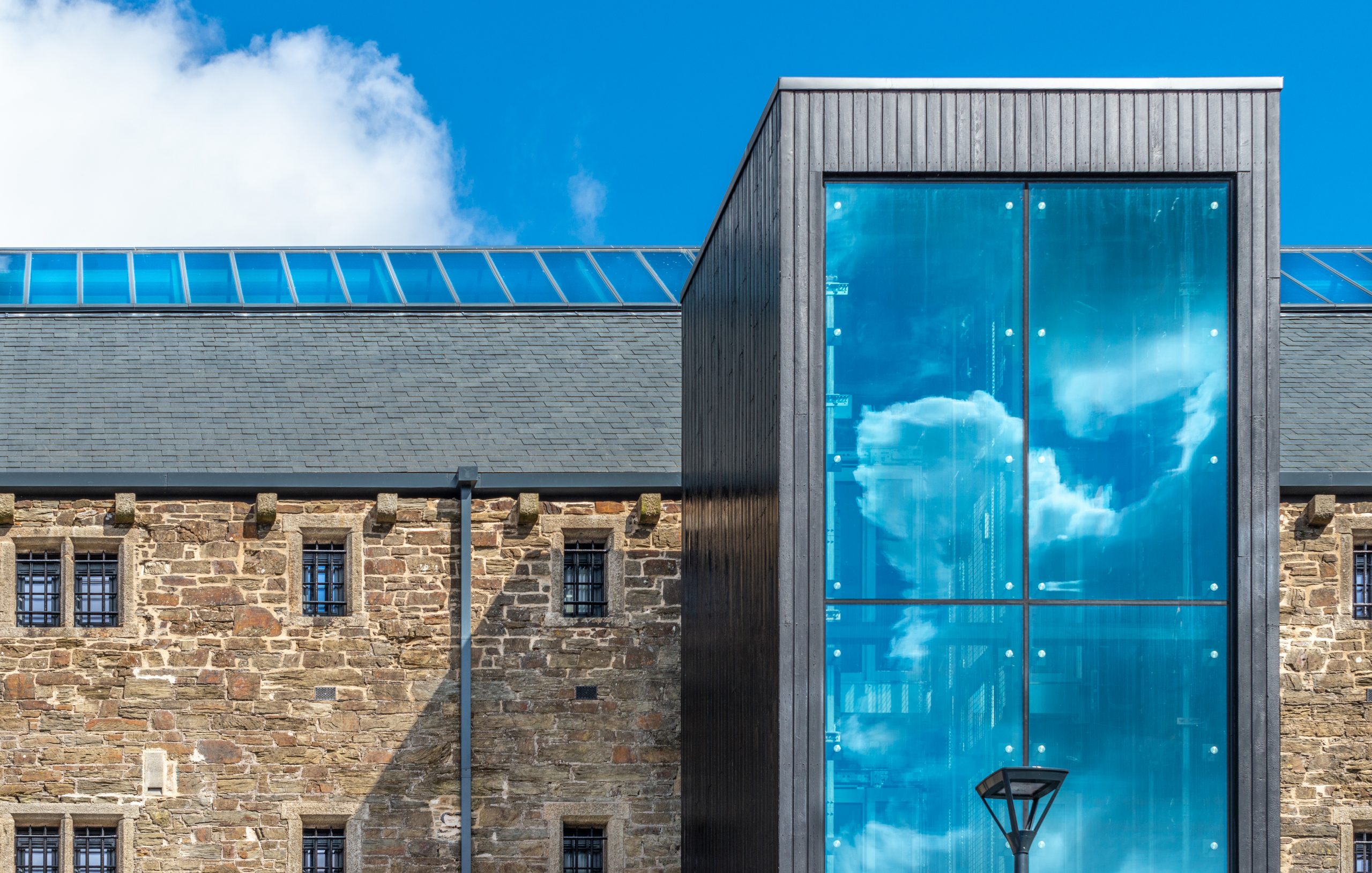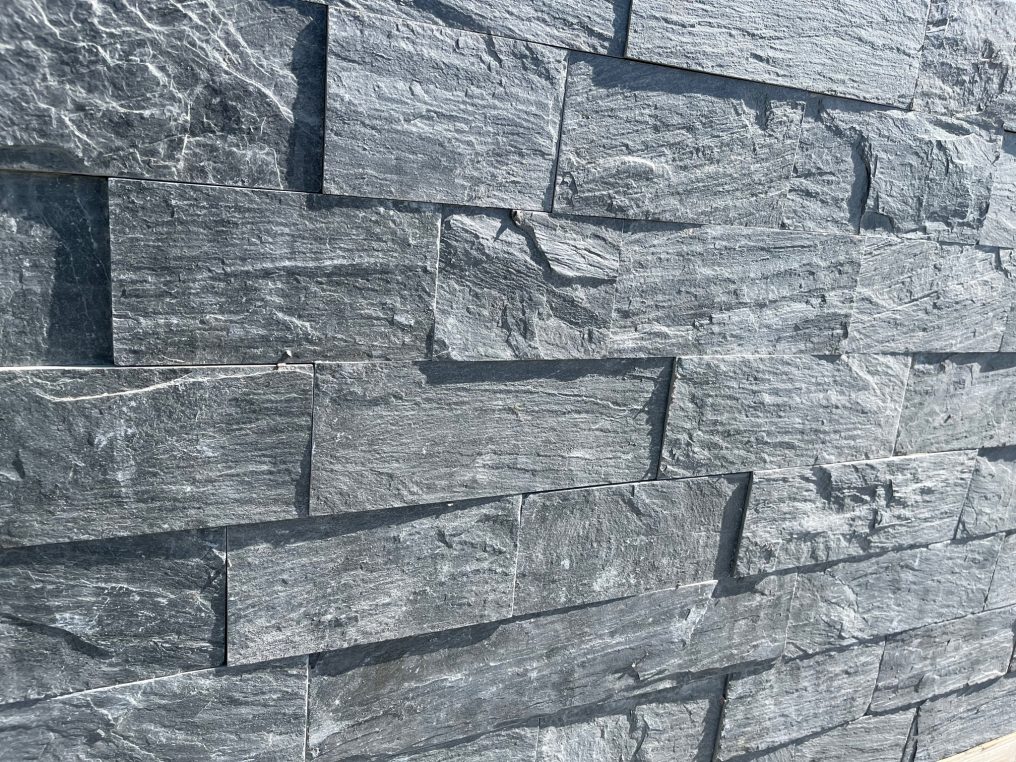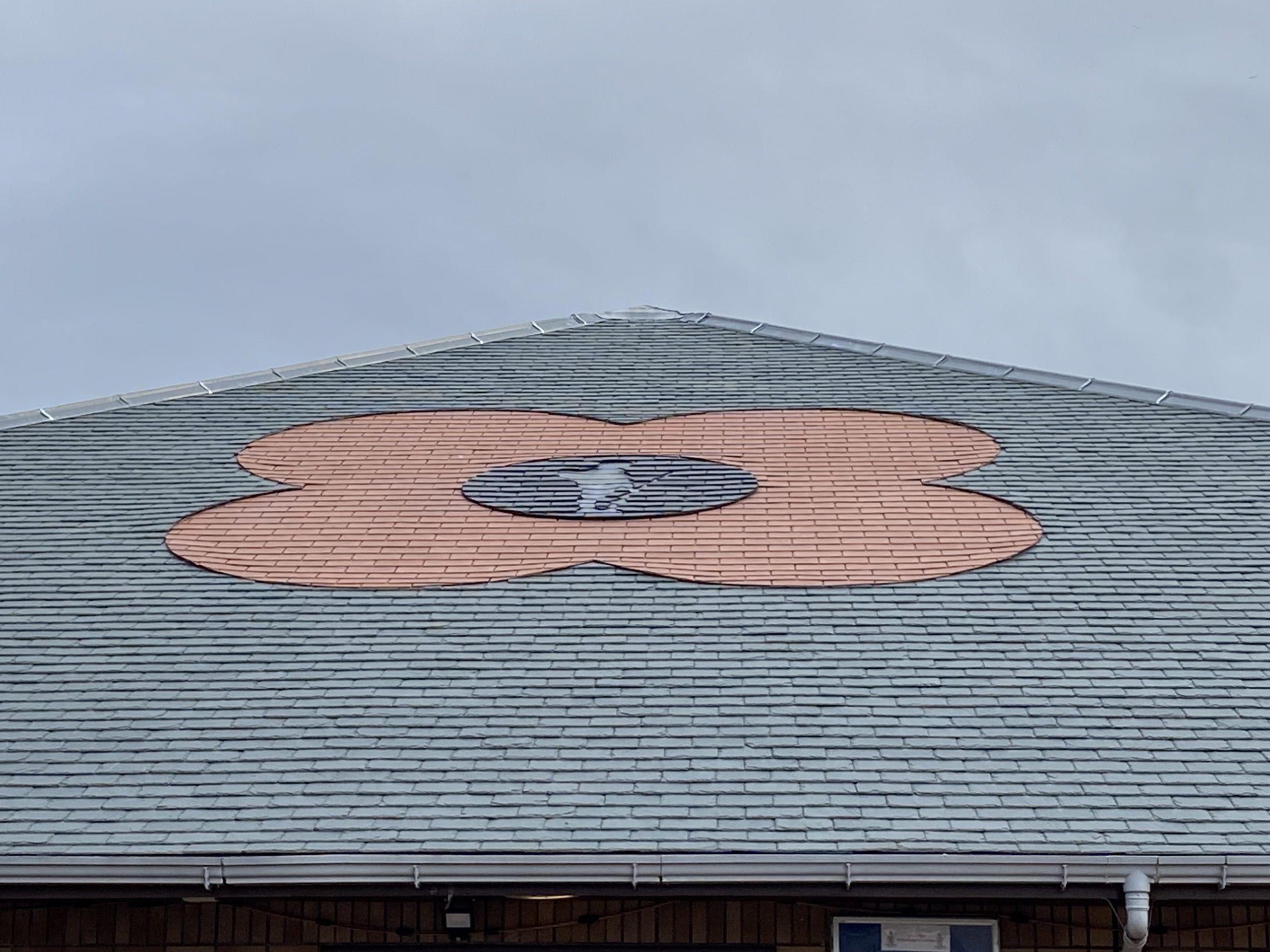Every pitched roof requires roof ridges. They protect the apex of the roof and stop water penetrating the home’s interior. Some roof ridges are also designed to allow air to flow into the attic or roof space while remaining weather tight. Available in various materials, roof ridges are a central part of any roofing project.
History of slate roof ridges
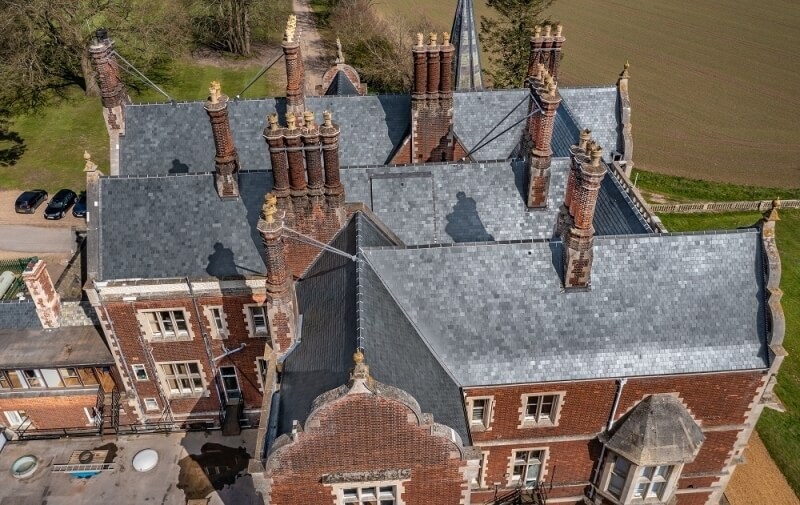
For many years, roof ridges were only available in man made materials such as clay or concrete. This caused a problem for slate roofs, where the ridges looked out of place against the rest of the roof’s slates.
Some old https://www.ssqgroup.com/spanish-slate-vs-brazilian-slate-whats-the-differences in Wales, the West Country, and Cumbria featured slate roof ridges. However, these were often formed by overlapping slates or using two pieces of slate interlocked together or were milled out of a single piece of slate. Although these old methods were strong and weather tight, in today’s market they are not cost effective.
Innovations in slate roof ridges
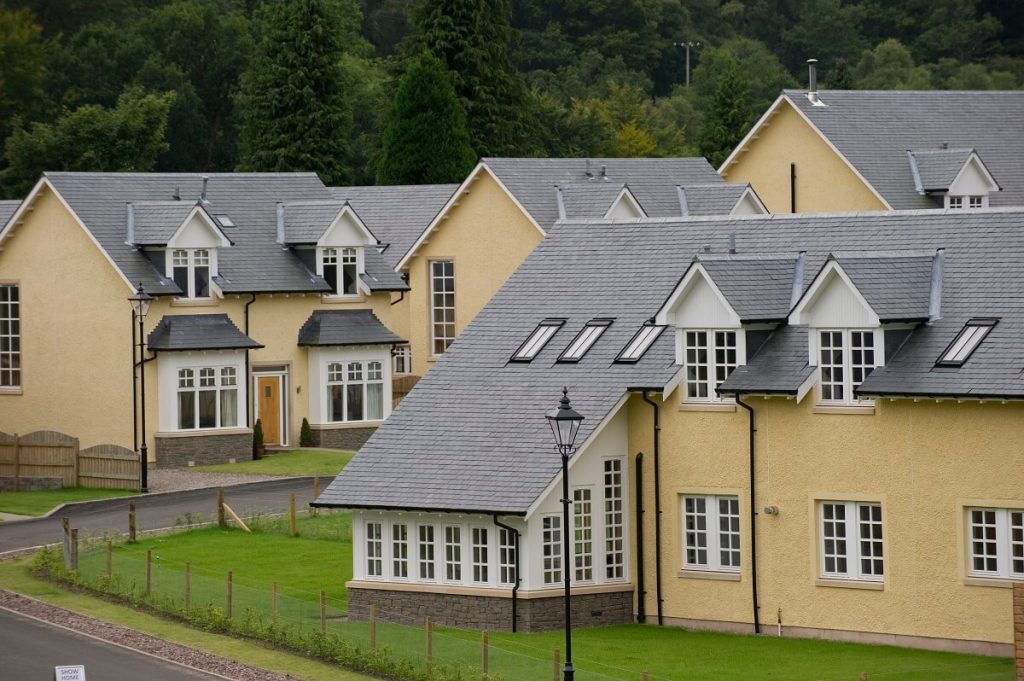
Today, thanks to modern advancements in technology, it is now possible to manufacture purpose-designed roof ridges. At SSQ, to achieve this, we are in collaboration with an innovation company, Mayan Roofing Systems. Using Riverstone phyllite slates, they are chemically bonded to a GRP waterproof layer to create a high performing and authentic roof ridge.
These Riverstone phyllite slate roof ridges have transformed the capacity to create a uniform and aesthetically pleasing finish to a slate roof. Pre-drilled and including two stainless steel retaining screws, they can be easily and quickly installed and cut on site when required.
Comparing slate ridges with clay ridges
Slate and clay are two of the most popular roofing materials. Each comes with its own unique attributes, pros, and cons. This comparison table will help you to directly compare the two materials in terms of cost, performance, appearance, and green credentials.
| Attribute | Premium slate ridge | Clay ridge |
| Lifetime cost | 60p per m² | £1.25 per m² |
| Durability | Last upwards of 100 years | 30 – 60 years |
| Appearance | Attractive blue-black sheen and unique natural beauty | Man-made with many imperfections (loss of colour) |
| Sustainability | Produces 0.005 – 0.054 kg of CO² per kilo | Produces 0.43kg of CO² per kilo |
As you can see, slate roof ridges outperform clay alternatives in every category. As a naturally occurring material, they also require far less processing than clay or other mad-made roofing materials, making them much more environmentally friendly.
If you’d like to find out more about SSQ slate ridges, contact us today. Call us on 020 8038 6454, send us a message online or e-mail technical@ssq.co.uk.
